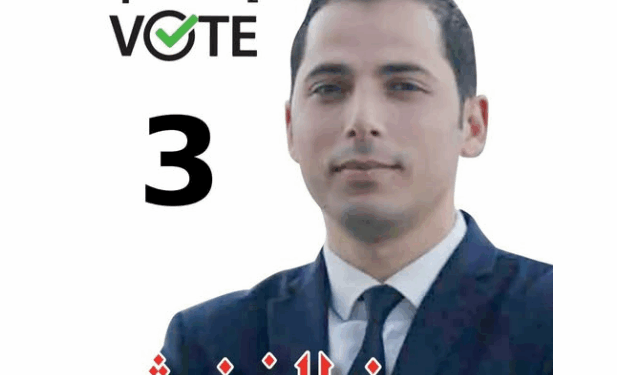He thought that his media notoriety would be enough. Followed by thousands of Tunisians for its precise weather bulletins and educational interventions, Mehrez Ghannouchi, better known under the nickname “Monsieur Météo”, tried to transform his digital aura into political success.
Candidate in the partial legislative elections in the district of Bizerte-Nord, he did not succeed in convincing the voters. His failure recalls an implacable political truth: virtual popularity does not guarantee voices in the polls.
Engineer at the National Institute of Meteorology (INM) and former familiar face of weather reports on television, Mehrez Ghannouchi enjoys a positive public image. On Facebook his explanatory videos on heat waves or extreme climatic phenomena are widely shared. Last April, he surprised by announcing his candidacy to succeed the deceased deputy Sami Essaïed in Bizerte-Nord, hoping to bring a “new breath” to local political life.
An overly connected campaign, not enough rooted
During the electoral campaign, Mehrez Ghannouchi puts largely on social networks to get his message across. Lives on Facebook, well -produced videos, interactive publications: its strategy is modern, but it struggles to anchor itself in local realities. In Bizerte, expectations are concrete: employment, environment, public services, mobility. Faced with better established candidates in the field, with solid associative or militant networks, digital communication is not enough.
The results fall: Ghannouchi does not cross the threshold necessary to win the elections. It is preceded by less known profiles at the national level, but much more rooted locally. An electoral slap, but also a lesson. Visibility does not replace direct contact with voters or the development of a clear program adapted to the specificities of the territory.
This reverse illustrates an increasingly visible discrepancy between digital influence and electoral influence. At a time when many candidates are betting on their online image, the failure of “Mr. Météo” shows that voters are still looking for something else: proximity, listening and concrete solutions.








